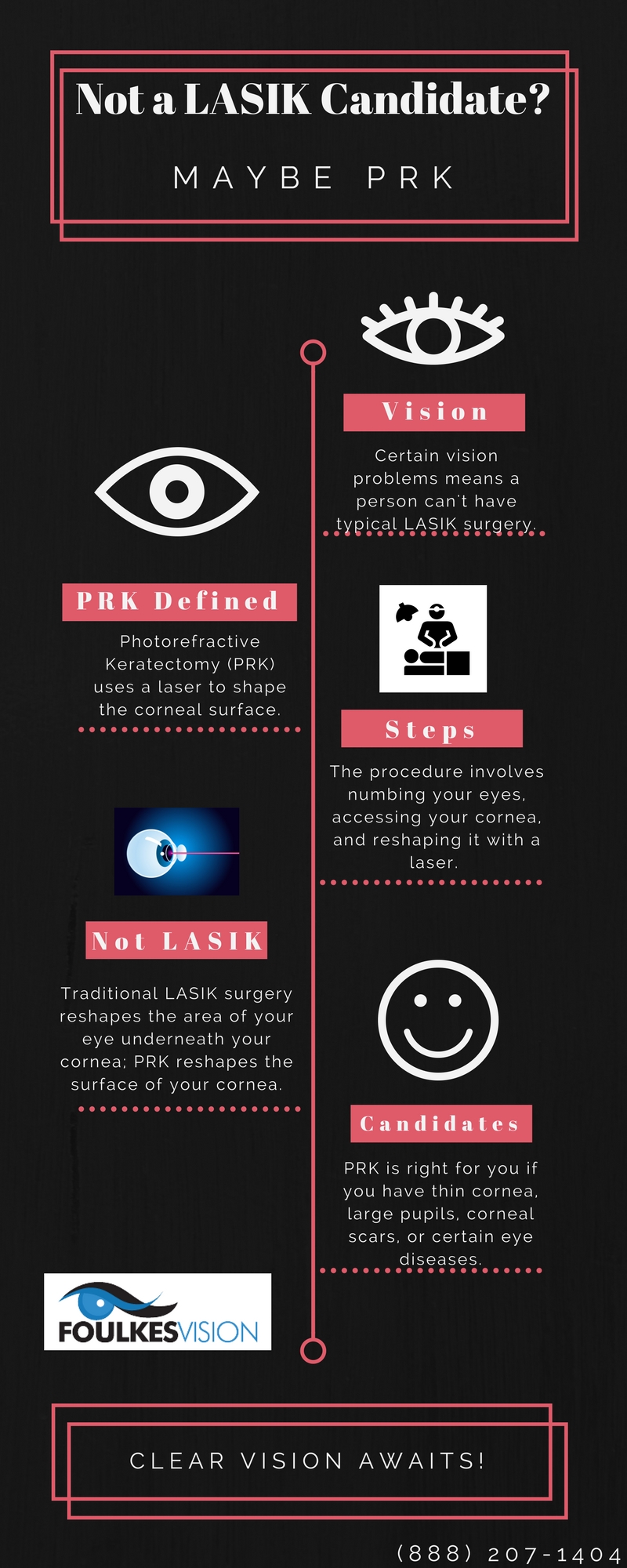The Development Of Modern Cataract Surgical Treatment Approaches: A Complete Examination
The Development Of Modern Cataract Surgical Treatment Approaches: A Complete Examination
Blog Article
Created By-Gillespie Meyers
As you check out the evolution of innovative cataract surgery techniques, you'll witness a trip marked by ingenuity and accuracy. From old methods that paved the way for modern developments to advanced technologies that are reinventing the area, the thorough introduction of cataract surgical treatment methods is a testimony to human development and dedication to improving patient results. https://www.todayonline.com/singapore/alternatives-lasik-becoming-more-popular between historic methods and futuristic developments produces an interesting narrative that sheds light on the advancement of among the most typical surgical procedures worldwide.
Historic Methods and Technologies
Discover just how early doctors transformed cataract treatment by using cutting-edge techniques and devices. In the past, cataract surgical treatment was a risky and painful treatment. Nevertheless, ancient Indian doctors were among the very first to try surgical treatments for cataracts, using a strategy called 'couching' where a sharp tool was made use of to press the cataract back into the eye. This method, though crude by today's standards, prepared for future improvements in cataract surgical procedure.
As time proceeded, Arab medical professionals made substantial contributions by creating specialized needles for cataract extraction. These needles were utilized to puncture the cataract and then remove it from the eye, noting a significant enhancement in medical accuracy.
Later, in the 18th century, the French doctor Jacques Daviel pioneered the technique of extracapsular cataract removal, where the whole lens was removed undamaged via a larger laceration. This noted a significant development in cataract surgery strategies, leading the way for the contemporary procedures we use today.
Modern Surgical Approaches
Early techniques in cataract surgical treatment have developed dramatically, leading to the advancement of modern surgical techniques that prioritize accuracy and boosted individual results. Modern cataract surgery currently frequently involves a treatment called phacoemulsification, where an ultrasonic device separate the cataract for removal with a tiny incision. This technique allows for quicker recovery and decreases the risk of difficulties contrasted to older methods.
In addition, the use of innovative intraocular lenses (IOLs) has revolutionized cataract surgery end results. why is cataract surgery elective can fix not only the cataract but likewise various other refractive mistakes like astigmatism, minimizing the requirement for glasses post-surgery.
Surgeons today additionally have accessibility to sophisticated imaging modern technologies that help in accurate preoperative preparation and intraoperative decision-making. https://laser-color-change05172.fare-blog.com/29379625/usual-questions-after-surgery-vital-tips-for-eye-care-post-lasik (OCT) and various other imaging methods supply comprehensive images of the eye's frameworks, allowing for an extra individualized approach to each client's surgery. With these advancements, modern cataract surgery techniques remain to improve, providing people safer treatments and better aesthetic outcomes.
Emerging Technologies in Cataract Surgery
With advancements in technology reinventing the field, cataract surgical procedure is seeing the integration of ingenious methods for enhanced patient end results. Arising innovations in cataract surgical treatment are improving the landscape of ocular procedures. One such development is femtosecond laser innovation, which enables accurate corneal cuts, capsulotomies, and lens fragmentation, leading to enhanced medical precision and results.
Furthermore, intraoperative aberrometry is getting popularity, enabling real-time dimensions of refractive errors during surgical procedure to improve intraocular lens power calculations and reduce postoperative refractive surprises.
Furthermore, the use of innovative imaging modern technologies like optical comprehensibility tomography (OCT) and intraoperative wavefront aberrometry help surgeons in specific medical planning and execution. These devices offer thorough physiological info and aid customize medical techniques for each and every individual's unique eye characteristics.
Furthermore, developments in artificial intelligence are being explored to help in preoperative planning, intraoperative decision-making, and postoperative treatment, potentially enhancing surgical results and patient fulfillment. Embracing these arising modern technologies in cataract surgical procedure holds assurance for additional enhancing patient end results and making sure the continued evolution of ophthalmic medical techniques.
Conclusion
As you journey through the background of cataract surgical procedure, you witness the transformation from old techniques to cutting-edge technologies. Like a phoenix metro climbing from the ashes, cataract surgical procedure has actually evolved into a beacon of hope and innovation.
Just as a caterpillar arises from its cocoon as a gorgeous butterfly, cataract surgery has actually progressed into a polished art form, offering patients more clear vision and a brighter future.
The evolution proceeds, shining a light on endless possibilities.
